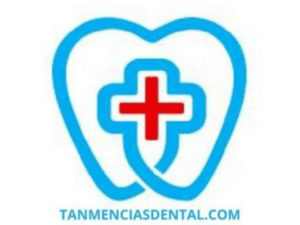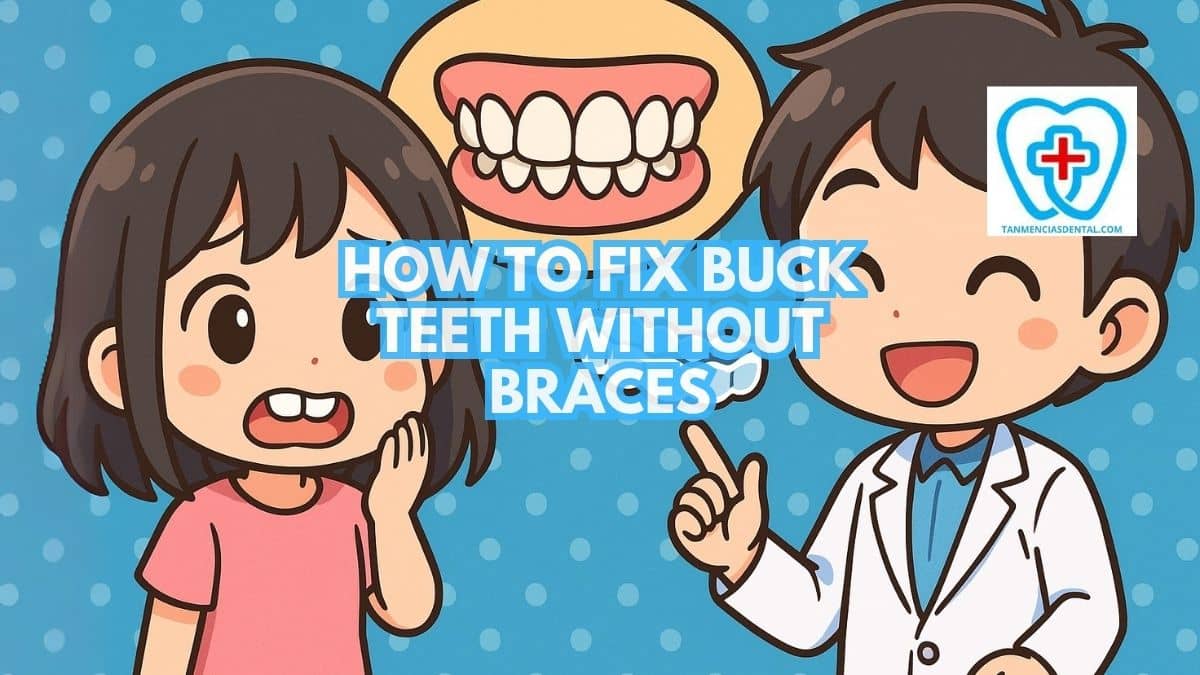Braces aren’t the only way to treat buck teeth.
Some people prefer other solutions that are less visible or more comfortable.
Fortunately, several treatments are available that don’t use metal brackets or wires.
These methods can enhance the appearance and function of teeth.
We’ll cover proven, non-brace options for correcting buck teeth safely.
1. Understanding Buck Teeth And Common Causes
Buck teeth, also called overjet, happen when the top front teeth stick out too far.
This can result from early habits like thumb sucking or tongue pushing.
Sometimes, it’s caused by jaw growth patterns or heredity.
In other cases, early loss of baby teeth or prolonged pacifier use may play a role.
Knowing the cause is important because it helps guide the most effective treatment.
🦷 How Long Does Swelling After Wisdom Teeth Removal Last?
2. Clear Aligners As A Discreet Alternative
Clear aligners are plastic trays that gently shift teeth over time.
They are custom-made and nearly invisible when worn.
People take them out for meals and brushing, which makes them more convenient than fixed braces.
Aligners are often used for mild to moderate cases where teeth need steady movement.
They’re a good choice for those who want a low-profile solution.
🦷 What To Do With Wisdom Teeth After Removal
3. Cosmetic Improvement With Dental Veneers
Veneers are thin shells that stick to the front of the teeth to improve their appearance.
They don’t move the teeth, but can make them look straighter and better shaped.
Dentists use veneers when the issue is mostly cosmetic and not related to bite problems.
The material is strong and designed to match the natural color of your teeth.
This option works well when only the look, not the position, of teeth needs fixing.
🦷 How to Brush Your Teeth Without a Toothbrush
4. Minimally Invasive Dental Bonding
Dental bonding involves adding a tooth-colored resin to reshape the surface of the teeth.
It’s a fast, simple process that’s done in the dental office, often without numbing.
Bonding can reduce the look of a slight protrusion by adjusting the tooth’s shape.
It’s best for people with minor issues rather than major alignment problems.
The results can improve the smile quickly and painlessly.
🦷 Tips and Remedies to Reduce Swelling After Wisdom Teeth Removal
5. Reshaping Teeth With Dental Crowns
Dental crowns cover the entire tooth and can adjust how it looks and fits.
They’re useful when a tooth is damaged, oddly shaped, or sticks out.
Crowns are carefully shaped to blend with nearby teeth.
Though they don’t move teeth, they can reduce how far forward a tooth appears.
This method is more common when structural repairs are also needed.
🦷 Brushing Your Teeth with Orange Juice: What You Need to Know
6. Retainers For Minor Tooth Protrusion
Retainers are often used after orthodontic treatment, but they can also help with small alignment issues on their own.
They apply light pressure to reposition slightly protruding teeth.
Some retainers are fixed, while others can be removed.
A dentist will recommend the right kind based on the condition of your teeth.
This approach works best for small changes and early-stage problems.
🦷 Simple Ways to Straighten Your Teeth at Home Without Braces
7. Surgical Options For Severe Cases
When the jaw causes buck teeth, surgery may be needed to correct the bone structure.
This is more common in adults with major jaw misalignment.
A trained oral surgeon repositions the jaw to improve both function and appearance.
Surgery is typically the last option after other treatments aren’t suitable.
It offers a long-term solution for complex cases.
🦷 Considering Alternatives to Dental Implants After Losing a Tooth
8. Dangers Of DIY And At-Home Fixes
Trying to fix your teeth at home using rubber bands or homemade devices can be dangerous.
These methods can damage teeth, gums, and the bones underneath.
Some people have even lost teeth because of unsafe techniques.
DIY fixes are not backed by science or approved by dental experts.
Always rely on professional care to avoid lasting harm.
🦷 How to Close Gaps in Your Teeth Without Braces: Benefits and Drawbacks
9. Importance Of Professional Dental Advice
A dentist has the tools and training to assess your teeth and suggest the right fix.
They can spot issues that aren’t visible just by looking in the mirror.
Dental advice also helps prevent using a treatment that may not work for your specific case.
Professional plans are based on exams, x-rays, and your dental history.
Getting the right help early can lead to better, safer results.
🦷 Is It Safe to Fix Gaps in Teeth at Home? What You Should Know
10. Factors Influencing Treatment Choices And Results
Your age, dental health, and how far the teeth stick out all affect which method will work.
Children might have more treatment choices because their bones are still growing.
Adults often need more customized solutions.
The condition of your gums and other teeth also plays a role.
A dentist will consider all these factors to make the best plan.
🦷 Reputable Dentists in Marikina City
👨⚕️ Conclusion
Fixing buck teeth without braces is possible using several safe methods.
Clear aligners, veneers, bonding, retainers, and even surgery can each help, depending on the case.
Choosing the right option depends on the cause and how serious the issue is.
Working with a dental professional ensures the results are both healthy and long-lasting.
A better smile doesn’t always need braces—just the right care.
😊 Self-Promotion
Visit us at Tan-Mencias Dental Clinic, located at 44 G. Del Pilar Street, Parang, Marikina City, for gentle and trusted dental care.
Our friendly team is here to help with cleanings, checkups, and other treatments.
If you have any questions, you can call us at 0917-145-1074.
You may also reach out to us via Facebook Messenger or our website’s contact form.
We look forward to helping you keep your smile healthy and bright!

